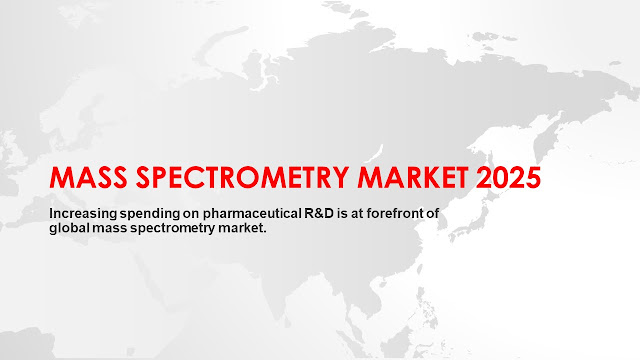Use of Biosimulation Solution for Pediatric Drug Development Indicate Strong Prospects for Market Growth
What This Report
Will Provide?
This study involved four major
activities in estimating the current size of the biosimulation market. Exhaustive secondary research
was carried out to collect information on the market, its peer markets, and its
parent market.
The next step was to validate these findings, assumptions, and sizing with
industry experts across the value chain through primary research. Both top-down
and bottom-up approaches were employed to estimate the complete market size.
After that, market breakdown and data triangulation procedures were used to
estimate the size of segments and subsegments.
Expected Revenue Growth:
[180 Pages Report] The global biosimulation market is projected to reach USD 2,881 billion by
2022 from USD 1,375 billion in 2017, at a CAGR of 15.9%.
Major Growth Boosters:
Factors such as increase in
R&D investments in the pharmaceutical and biotechnology industries, growing
adoption of biosimulation software by regulatory bodies, technologically
advanced QSP systems, need to curtail drug discovery and development costs, and
growth in the biologics and biosimilars markets are driving the growth of the
market.
Download PDF Brochure:
https://www.marketsandmarkets.com/pdfdownloadNew.asp?id=838
Recent Developments:
In April 2017, Simulations Plus signed
Distributor Agreement with Quantum Bio Solutions (Q-Bio) (South Korea) To
strengthen its relationships with South Korean companies and universities.
In June 2017, Simulations Plus acquired DILIsym Services, Inc. (“DILIsym”)
(US). This enabled the company to expand its product portfolio in simulation
software and consulting services of drug-induced liver injury.
In December 2015, Certara acquired XenologiQ (UK) To strengthen its product
portfolio in mechanistic pharmacology and modeling and simulation.
Regional Growth Analysis:
The biosimulation market is
segmented into four major regions, namely, North America, Europe, Asia, and the
Rest of the World (RoW). The dominance of the North American market is
attributed to factors such as growth in the biotechnology and pharmaceutical
industry, a large number of ongoing drug development processes, increased use
of personalized medicine, and increasing R&D expenditure by pharmaceutical
and biotechnology companies.
Growth in Biologics and Biosimilars Market:
Growth in the global biosimilars market is mainly driven by factors such as
the growing pressure to curtail healthcare expenditures, growing demand for
biosimilars due to their cost-effectiveness, rising incidence of various
diseases, increasing number of off-patented drugs, positive outcomes in ongoing
clinical trials, and rising demand for biosimilars in different therapeutic
applications such as rheumatoid arthritis and blood disorders. As there is very
little success in the R&D of new chemical entities, pharmaceutical
companies are trying to find new applications for their existing drugs. As
toxicity and other vital parameters of drug safety are already tested,
biosimulation technologies are used to confirm the hypothesis of using the
drugs for a new indication or disease.
Request Sample Report:
https://www.marketsandmarkets.com/requestsampleNew.asp?id=838
Key Players:
Certara (US), Simulations Plus
(US), Dassault Systèmes (France), Schrödinger (US), ACD/Labs (Canada), Chemical
Computing Group (Canada), Physiomics (UK), Evidera (US), In silico biosciences
(US), INOSIM Software (Germany), Insilico Biotechnology (Germany), LeadInvent
Technologies (India), Rosa (US), Nuventra Pharma (US), and Genedata
(Switzerland).




Comments
Post a Comment